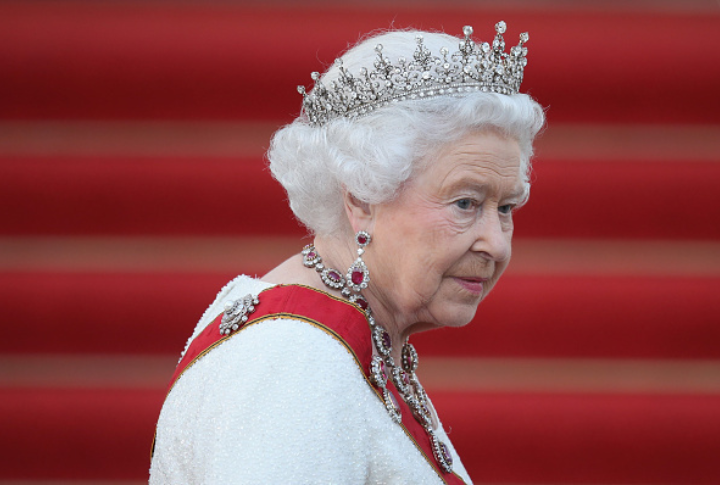
The Crown Jewels of the United Kingdom are famous worldwide for their stunning beauty and incredible value. This remarkable collection includes crowns, scepters, orbs, and other regal objects adorned with some of the most valuable gems on Earth. However, the Crown Jewels have a fantastic backstory as fascinating as the jewels themselves. Get ready to learn 15 surprising facts about these royal treasures that will leave you in awe.
Priceless? Invaluable?
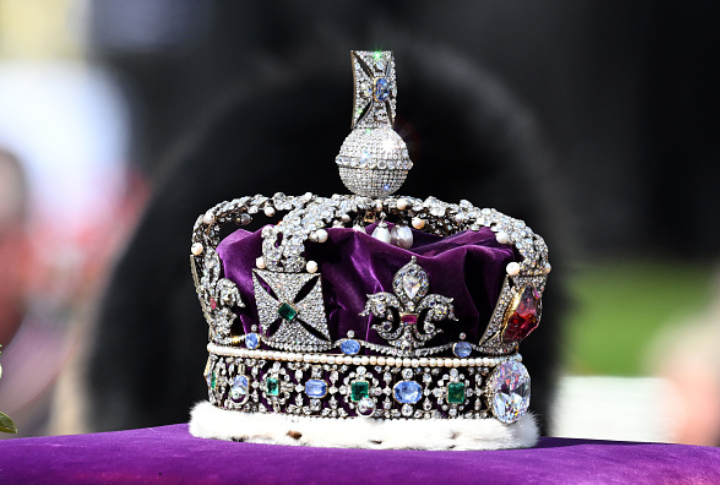
Though comprising some of the most extraordinary gemstones on Earth, this priceless collection of over 23,000 gemstones across 142 dazzling pieces has never been officially valued for insurance purposes. Too many factors, like the gems’ immense size, historical significance, and sheer rarity, make this a futile exercise. Many experts suggest their combined monetary worth could stretch into billions, though their actual value is unquantifiable.
Crushed, Smashed, and Sold by Rebel Decree
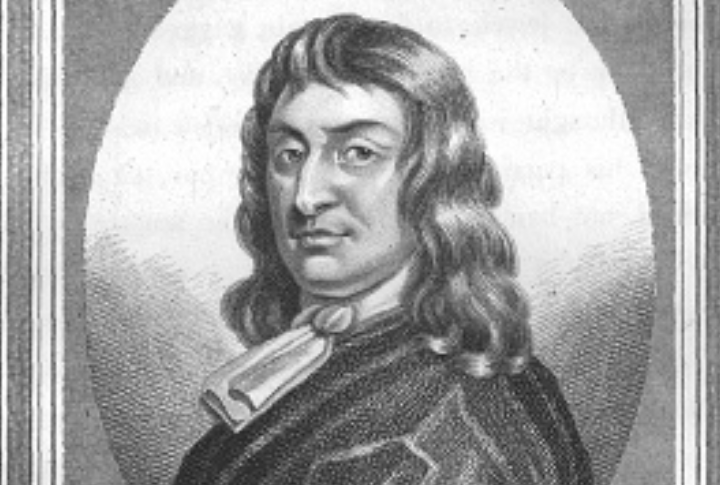
Amid the English Civil War battle against King Charles I, the rebel Parliamentarians saw the Crown Jewels as symbolic of the monarchy they opposed. In 1649, they issued a decree to destroy or sell the collection. When the British monarchy was eventually restored in 1660, the newly crowned King Charles II immediately commissioned a new set of Crown Jewels to recreate the splendor and symbolism of the royal regalia.
The Audacious Heist of 1671

In one of history’s most daring jewel heists, Colonel Thomas Blood nearly succeeded in stealing the entire Crown Jewels collection from the Tower of London with his accomplices disguised as clergymen. They were caught red-handed as they tried to escape with the gems stuffed in their breeches. Amazingly, Blood and his henchmen were later pardoned by King Charles II.
The Coronation Crown vs. The State Crown
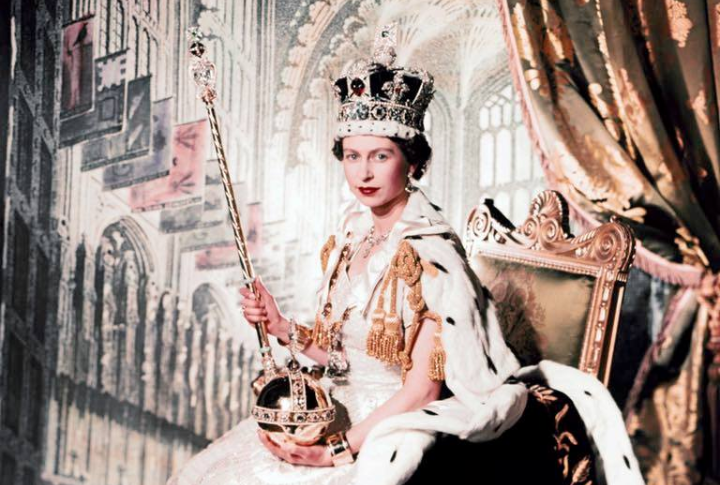
While St. Edward’s Crown is used for the coronation ceremony, it’s not the only regal headpiece in the Crown Jewel collection. The Imperial State Crown is the official crown worn by the monarch for other ceremonial occasions like the State Opening of Parliament. At nearly five pounds, St. Edward’s Crown is too heavy for regular use and is, therefore, reserved for the crowning ceremony.
A Saint’s Jewel
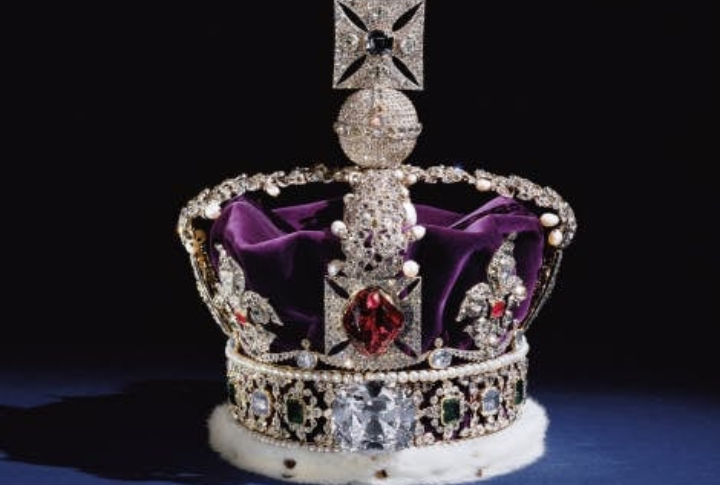
One of the most sacred and significant jewels is St. Edward’s Sapphire, an octagonal stone adorning the Imperial State Crown. The gem belonged to St. Edward the Confessor, the revered 11th-century king christened a saint after his death. Many even believed he performed miracles during his lifetime. As a result, the sapphire was removed from his tomb in 1163 and added to the royal jewels.
A Royal Cleaning Routine
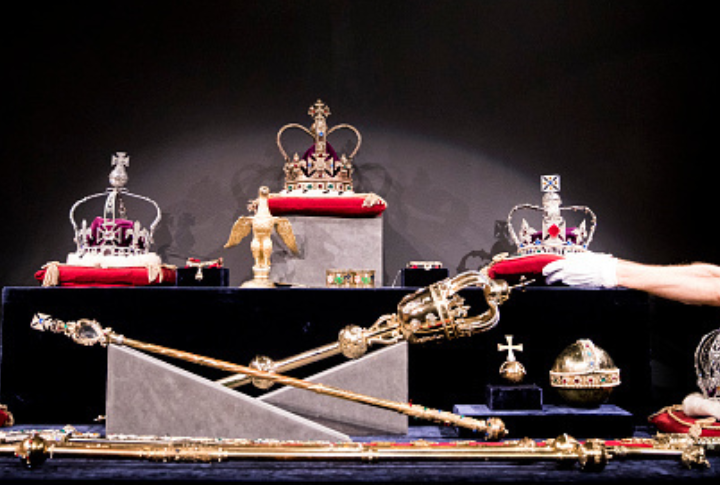
Keeping thousands of priceless gems sparkling clean would involve meticulous care and unique solutions. But the Crown Jewels get routinely refreshed using a bizarre mix of water and gin. This is lightly brushed over the jewelry’s surface to remove tarnish without risking damage to the delicate metals and stones. Aside from the royal jewels, this is also an excellent hack for cleaning regular jewelry.
The Soggy Loss of the First Jewels
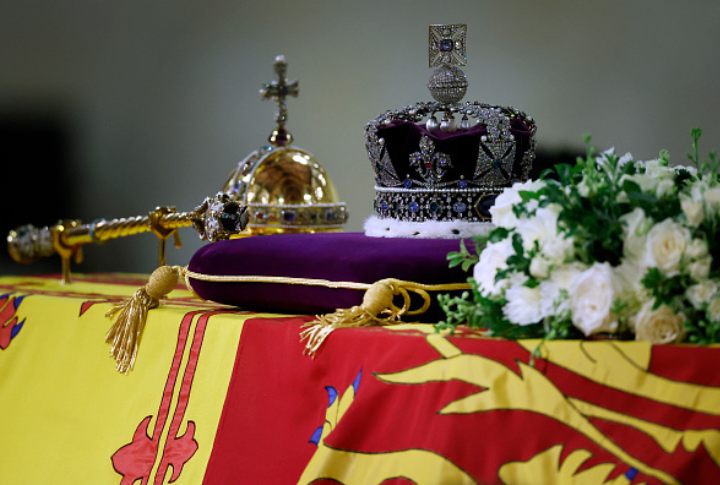
While the current Crown Jewels are priceless, they aren’t the original royal regalia. That distinction belongs to the ill-fated jewels lost by King John in 1216. Unfortunately, a tide swept the priceless jewels away while King John crossed the Wash estuary. The jewels have been missing for the past 800 years, and all attempts to retrieve them have been futile.
Saved by a Biscuit Tin

In one of the most bizarre chapters in Crown Jewel history, the treasures were moved from the Tower of London at the start of WWII over fears of bombing raids. In Operation Pegasus, they were hidden in a biscuit tin box and buried 60 feet under Windsor Castle to preserve them through the turmoil.
The Largest Diamonds Ever Found
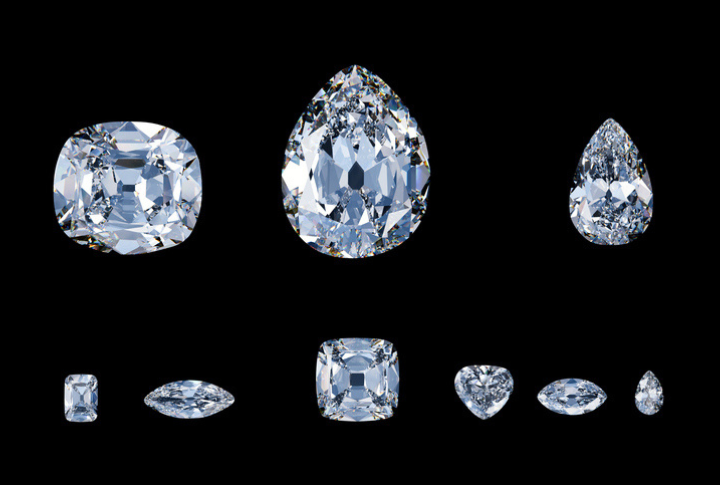
The two largest cut diamonds in the Crown Jewels are the Cullinan I (530 carats) and Cullinan II (317 carats). Amazingly, these weren’t separately mined. They were expertly cut from the same colossal 3,106-carat Cullinan Diamond discovered in 1905. This remains the largest rough diamond ever found, weighing 1.4 pounds and larger than a human heart.
The Accidental Find
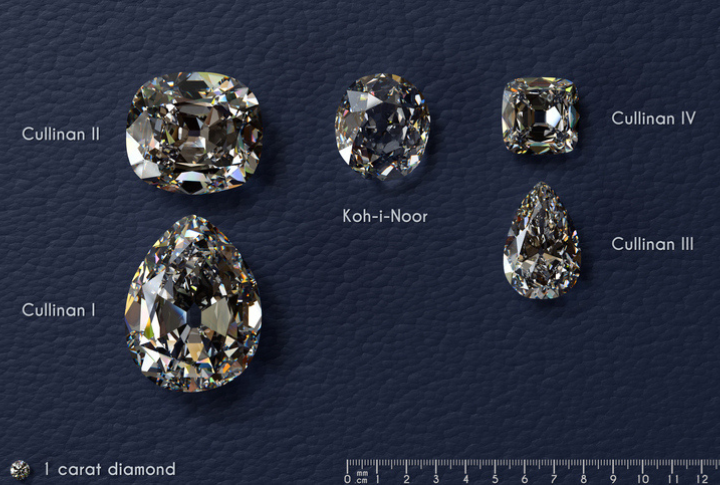
The famous 3,106-carat Cullinan Diamond, from which the two largest crown diamonds were cut, was found by accident at the Premier Mine in South Africa in 1905. A miner was attracted by a reflection on the wall, which he believed to be glass or a large crystal rock. He attempted to unearth the object only to discover a 1.4-pound diamond, the largest ever found.
The Two Largest Diamonds Never Leave the Island
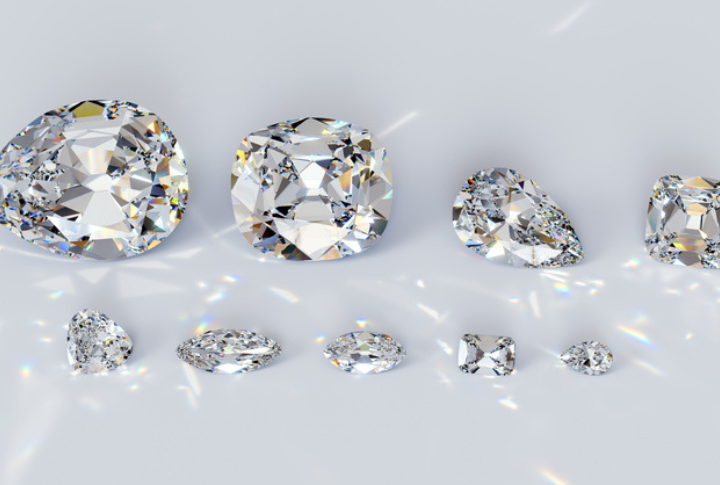
Due to their priceless nature, the two largest and most dazzling gems in the Crown Jewels—the 530-carat Cullinan I and 317-carat Cullinan II diamonds—have remarkably never left the shores of the United Kingdom since being set in the sovereign’s regalia back in 1911—not even for a royal tour.
Centuries-Old Spoon
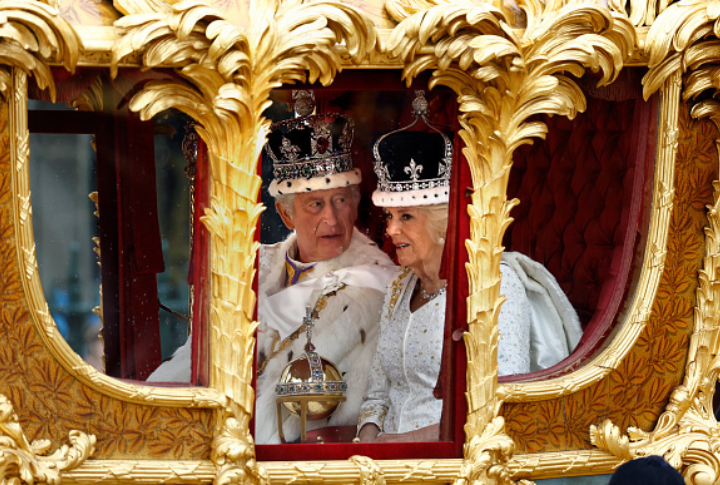
Among the oldest artifacts still used for coronation ceremonies is the revered Coronation Spoon, an ornate piece dating back to the 12th century. For centuries, the spoon has been used to ritually anoint new monarchs by pouring sanctified oil over their heads during the crowning ceremonies.
The Legendary “Cursed” Black Prince’s Ruby
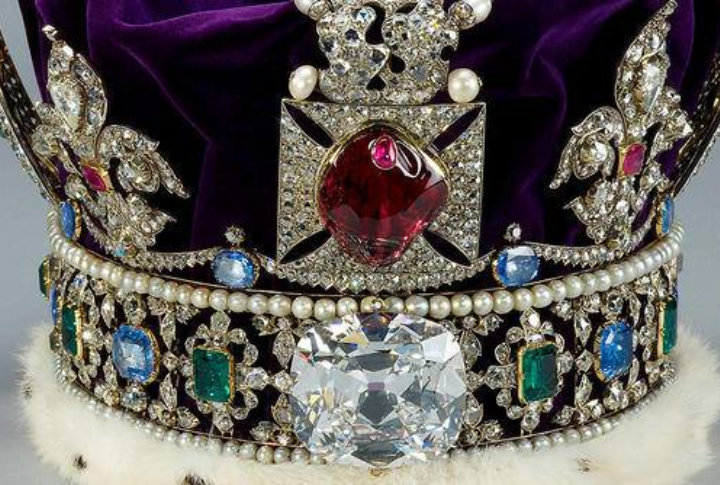
The 170-carat “Black Prince’s Ruby” in the Imperial State Crown is not a ruby. This legendary gemstone was incorrectly identified in the 14th century as a cabochon-cut spinel and is incredibly rare and historic.
The World’s Most Secure Jewels
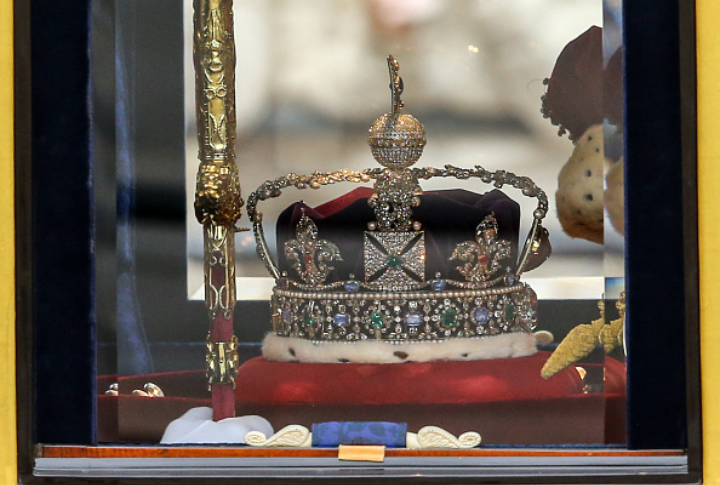
The Crown Jewels are protected by some of the world’s highest security measures at the Tower of London. These include bomb-proof steel doors, video surveillance, motion sensors, and priceless gems removed nightly to secure vaults. Armed guards patrol constantly, ready to trigger systems pumping dense smoke that can utterly obscure visibility in 58 seconds.
The Koh-i-Noor’s Bloody “Cursed” Path
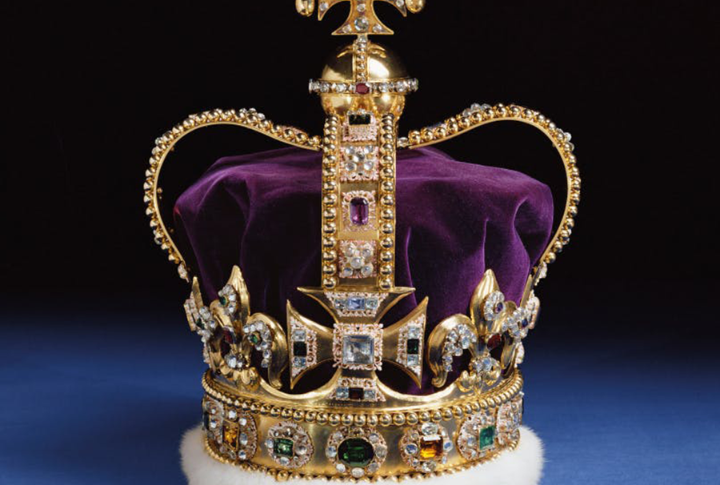
The 105-carat royal diamond is infamous for its brutal origin story and alleged deadly curse. Reputedly plucked from an ancient Indian deity statue, the Koh-i-Noor passed through Mughal, Persian, Afghan, and Sikh rulers — often through violent conquests. The diamond sits on the crown of Queen Elizabeth II.

Comments
Loading…